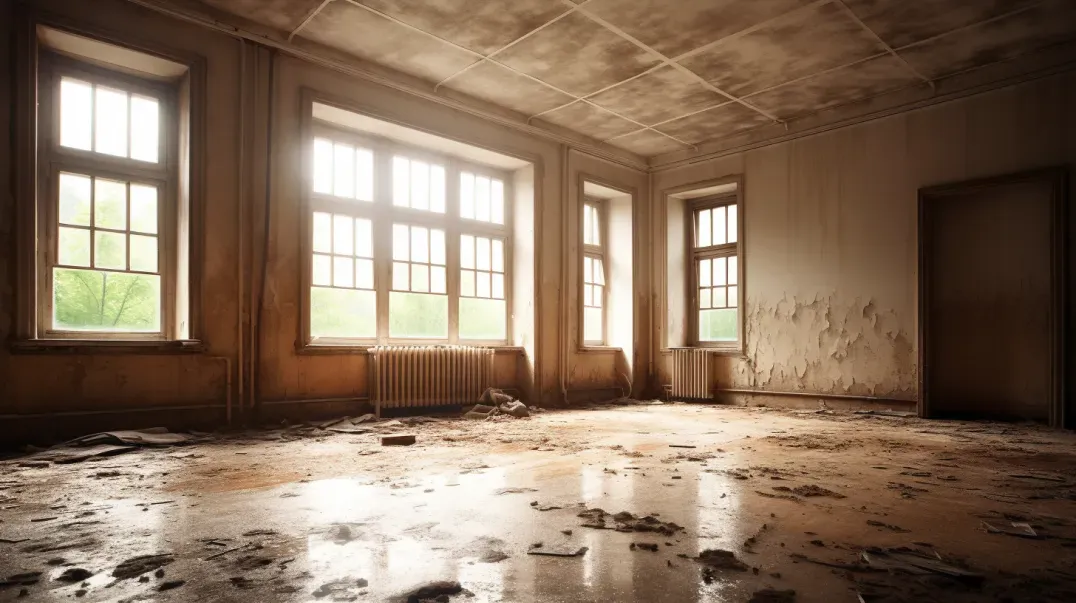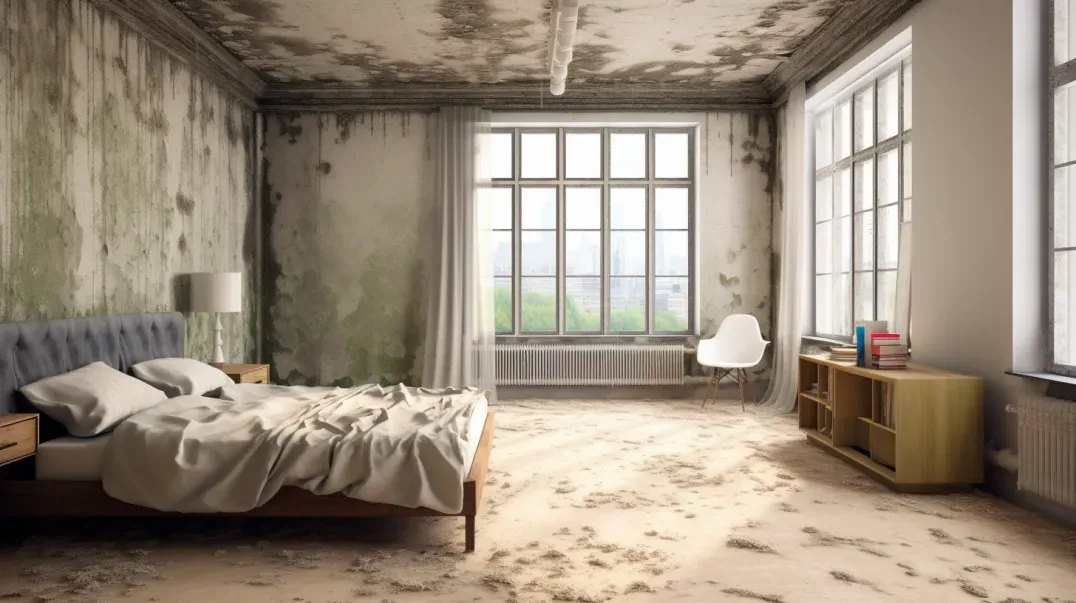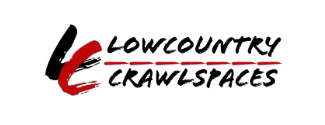Understanding and Preventing Mold in Attic
Attics, with their out-of-sight and often out-of-mind status, are among the most common and yet overlooked places for mold growth within our homes. These secluded spaces, typically used for storage or occasionally forgotten altogether, harbor unique environmental conditions that can unwittingly foster mold proliferation. This blog aims to shed light on the reasons behind the frequent occurrence of mold in attics, unraveling the complexities of attic environments and the factors that make them prime candidates for such unwelcome growth.
Mold in the attic is not just a matter of concern for the space itself but poses broader implications for the health of the entire home and its inhabitants. From structural damage to potential health risks, the presence of mold in attics demands attention and understanding. By exploring the common causes of mold growth in these areas, including inadequate ventilation, roof leaks, and condensation issues, this blog will provide homeowners with the knowledge needed to identify, prevent, and address attic mold effectively.
Understanding why attics are susceptible to mold is the first step in safeguarding your home against the potential damages and health hazards mold can cause. Join us as we delve into the environmental conditions of attics, the signs of mold growth to watch for, and the preventive measures that can be taken to maintain a healthy, mold-free attic. Through awareness and proactive maintenance, homeowners can protect their attics and their homes from the hidden menace of mold.
Why Attics Are Prone to Mold
Attics represent a unique microenvironment within the home, often characterized by conditions that are markedly different from those in living spaces. These differences, including significant temperature fluctuations and poor ventilation, combined with common sources of moisture, create an ideal breeding ground for mold. Understanding why attics are particularly prone to mold requires a closer look at these unique conditions and moisture sources.
Unique Conditions in Attics
The environment within an attic is subject to a range of factors that contribute to the likelihood of mold growth:
- Temperature Fluctuations: Attics often experience extreme temperature variations, being much hotter than the rest of the house during summer and colder in the winter. These fluctuations can lead to condensation, especially when warm, moist air from the living spaces below meets the cooler surfaces of the attic.
- Poor Ventilation: Many attics are inadequately ventilated, leading to stagnant air that can retain moisture for extended periods. Without proper air circulation to remove this moisture, mold can thrive.
- Limited Sunlight Exposure: The enclosed nature of attics means they receive little to no direct sunlight, which can naturally inhibit mold growth. The dark, damp conditions are conducive to mold proliferation.
Sources of Moisture in Attics
Identifying and addressing sources of moisture is key to preventing mold growth in attics. Common moisture sources include:
- Roof Leaks: Even minor leaks can introduce significant moisture into attic spaces, providing the damp conditions mold requires to grow. Regular inspections can help identify and repair leaks before they contribute to mold issues.
- Condensation: Activities from daily living, such as cooking, bathing, and using humidifiers, can increase indoor humidity levels. Without adequate attic ventilation, this moist air can rise and condense on cooler attic surfaces, leading to mold growth.
- Inadequate Insulation: Poorly insulated attics can exacerbate temperature differences and condensation issues. Ensuring proper insulation not only helps regulate attic temperatures but also reduces the risk of condensation and mold growth.
By recognizing and mitigating these unique conditions and moisture sources, homeowners can take proactive steps to prevent mold in their attics. Regular inspections, improving ventilation, and addressing any signs of moisture early on are critical measures in maintaining a mold-free attic environment.
Identifying Mold in Your Attic
Mold in the attic can go unnoticed for extended periods, allowing it to proliferate and potentially impact the structural integrity of your home and the health of its occupants. Early identification is key to preventing these adverse effects. This section will guide you through recognizing the signs of mold growth in your attic and understanding the health symptoms that may indicate mold exposure.
Signs of Mold Growth
Mold growth in attics can manifest in various visible signs and odors. Being vigilant about these indicators can help you catch mold issues early:
- Visible Mold: Mold can appear as spots or patches on surfaces, with colors ranging from black, green, white, or even orange and purple. Common areas to check include wooden beams, insulation, and behind any stored items.
- Musty Odors: A strong, musty smell is often the first indication of mold growth, especially in areas where visual inspection may be difficult. If you notice a persistent earthy or musty odor in your attic, it's likely a sign of mold presence.
- Water Stains and Discoloration: Water stains on the ceiling, walls, or floors of your attic can indicate moisture problems that are conducive to mold growth. Even if mold is not visibly present, these stains suggest areas where mold could develop.
- Condensation: The presence of condensation on windows, pipes, or any attic surfaces can also signal high humidity levels and potential mold growth areas.
Health Symptoms Related to Attic Mold
Exposure to mold, particularly for prolonged periods, can lead to various health symptoms. While not everyone may be affected in the same way, certain symptoms are commonly associated with mold exposure:
- Respiratory Issues: Coughing, wheezing, difficulty breathing, and exacerbation of asthma symptoms are common in individuals exposed to mold.
- Allergic Reactions: Mold can trigger allergic reactions, including sneezing, runny or blocked nose, itchy eyes, and skin rashes.
- Fatigue and Headaches: Some people may experience increased fatigue, headaches, or dizziness as a result of mold exposure.
- Worsening of Pre-existing Conditions: Individuals with pre-existing respiratory conditions or immune disorders may find their symptoms worsening due to mold exposure.
If you or your family members are experiencing these health symptoms without a clear cause, it may be worthwhile to inspect your attic and other areas of your home for mold. Consulting with a healthcare provider is also recommended to address any health concerns related to mold exposure.
Early identification and remediation of mold in your attic are crucial steps in protecting your home and health. By recognizing the signs of mold growth and being aware of the health symptoms associated with mold exposure, homeowners can take timely action to address mold issues and maintain a healthy living environment.
Preventive Measures for Attic Mold
Mold growth in attics can lead to significant health risks and structural damage if left unchecked. Fortunately, proactive steps can be taken to minimize these risks. Key among these preventive measures are enhancing attic ventilation and ensuring proper insulation. Implementing these strategies effectively can create an environment that is less conducive to mold growth by reducing excess moisture and condensation.
Improving Ventilation
Adequate ventilation is crucial for preventing moisture accumulation in attics, which in turn, reduces the risk of mold growth. Here are strategies for enhancing attic ventilation:
- Install Ridge and Soffit Vents: Ridge vents along the peak of the roof and soffit vents under the eaves work together to allow continuous airflow through the attic. This natural ventilation helps to keep the attic dry by expelling warm, moist air.
- Use Attic Fans: Attic fans, whether solar-powered or electric, can further improve air circulation, especially in climates where temperature fluctuations contribute to condensation.
- Clear Blocked Vents: Regularly inspect and clear any blockages in existing vents. Over time, debris, bird nests, or insulation materials can obstruct airflow, diminishing ventilation effectiveness.
- Consider Gable Vents: In some attic designs, adding gable vents on opposing ends of the attic can promote cross-ventilation, further reducing moisture levels.
Proper Insulation
Proper insulation in the attic is another critical factor in preventing mold growth by reducing condensation, which occurs when warm, moist air from the living spaces below meets the cooler surfaces of the attic. Here are guidelines for ensuring proper insulation:
- Seal Air Leaks: Before adding new insulation, seal any air leaks from the living spaces below. This prevents warm, moist air from entering the attic and condensing on cold surfaces.
- Choose the Right Insulation Material: Use insulation materials that are less susceptible to moisture absorption and mold growth. Fiberglass and foam board insulation are generally more resistant than cellulose insulation.
- Ensure Adequate Coverage: Insulation should be evenly distributed across the attic floor, paying special attention to areas around the eaves and any penetrations (e.g., vents, chimneys) to prevent thermal bridging and condensation.
- Maintain Ventilation Clearance: When installing insulation, ensure that it does not block soffit vents. Proper airflow must be maintained to allow the ventilation system to function effectively.
By implementing these preventive measures, homeowners can significantly reduce the risk of mold growth in their attics. Improving ventilation and ensuring proper insulation work hand in hand to maintain a dry and stable attic environment, safeguarding the health of the home's occupants and the integrity of the structure itself.
Addressing Sources of Moisture
Moisture control is fundamental in preventing mold growth in attics and throughout the home. By addressing the primary sources of moisture—namely, water intrusion through the roof and excessive indoor humidity—homeowners can significantly reduce the risk of mold proliferation. This section explores the importance of diligent roof maintenance and strategies for managing indoor humidity effectively.
Roof Maintenance and Repair
The roof serves as the first line of defense against water intrusion, which can lead to moisture accumulation and mold growth in the attic. Regular roof maintenance and timely repairs are essential for keeping this barrier intact:
- Regular Inspections: Conduct bi-annual roof inspections, ideally in the spring and fall, to identify potential issues such as missing shingles, damaged flashing, or blocked gutters. These inspections can also reveal less obvious signs of wear that may lead to leaks.
- Prompt Repairs: Address any identified issues promptly to prevent water from entering the attic. Even small leaks can result in significant moisture accumulation over time, creating an ideal environment for mold growth.
- Gutter Maintenance: Keep gutters and downspouts clear of debris to ensure proper drainage away from the home's foundation. Clogged gutters can lead to water overflow and infiltration under the roofline, contributing to attic moisture.
- Professional Assessments: For complex issues or after severe weather events, consider hiring a professional roofing contractor to conduct a thorough assessment and perform necessary repairs. Professionals can also offer advice on improving roof ventilation, further mitigating moisture risks.
Managing Indoor Humidity
Controlling indoor humidity levels is another crucial aspect of preventing attic mold. Excessive humidity can rise to the attic, condensing on cooler surfaces and fostering mold growth. Here are tips for managing humidity throughout the home:
- Use Dehumidifiers: In areas with high humidity, use dehumidifiers to maintain indoor humidity levels between 30-50%. This range helps minimize the risk of mold growth without causing discomfort or health issues.
- Ventilate High-Moisture Areas: Ensure that bathrooms, kitchens, and laundry rooms are well-ventilated to the outside. Exhaust fans can remove moist air directly from these areas, preventing it from accumulating in the attic.
- Monitor Humidity Levels: Use hygrometers in various parts of the home to monitor humidity levels. Pay special attention to changes during different seasons and adjust humidity control measures accordingly.
- Fix Leaks and Drips: Repair leaky faucets, pipes, and appliances promptly. Even minor leaks can contribute to elevated humidity levels and moisture problems over time.
By addressing sources of moisture through diligent roof maintenance and effective management of indoor humidity, homeowners can create a less hospitable environment for mold in their attics and throughout their homes. These proactive measures are key to maintaining a healthy, mold-free living space.
Cleaning and Remediation of Attic Mold
Mold in the attic can be a daunting issue for homeowners, posing potential health risks and threatening the structural integrity of the home. Addressing this problem involves a combination of safe cleaning practices for minor infestations and the discernment to know when professional remediation is warranted. This section offers guidance on safely cleaning attic mold and identifies situations where calling in professionals is the best course of action.
Safe Cleaning Practices for Attic Mold
For minor mold infestations in the attic, homeowners can often undertake cleaning themselves, provided they follow safe practices to protect their health and the home:
- Personal Protection: Wear protective gear, including gloves, N-95 respirators, and eye protection, to prevent mold spore inhalation and skin contact.
- Isolation: Before cleaning, isolate the affected area to prevent mold spores from spreading to other parts of the home. Seal off vents and doorways as much as possible.
- Cleaning Solutions: Use mild cleaning solutions such as diluted vinegar, hydrogen peroxide, or a mixture of water and detergent. Avoid using bleach in attics, as it may not penetrate porous materials effectively and can pose its own health risks.
- Gentle Cleaning: Apply the cleaning solution with a spray bottle and gently scrub the moldy areas with a soft brush. Avoid soaking the materials to prevent additional moisture issues.
- Drying: After cleaning, ensure the area is thoroughly dried. Use fans or dehumidifiers to aid in drying the cleaned surfaces.
- Disposal: Safely dispose of any moldy materials that cannot be cleaned, such as insulation or damaged wood, in sealed plastic bags.
When to Call in Professionals
While minor mold infestations can often be managed with DIY efforts, there are situations where professional mold remediation is necessary:
- Extensive Infestation: If mold covers a large area (typically more than 10 square feet) or is in hard-to-reach places, professional remediation is recommended to ensure thorough removal.
- Structural Damage: Mold that has caused or is a result of structural damage to the attic requires professional assessment and repair.
- Health Concerns: If occupants of the home are experiencing health issues that may be related to mold exposure, professional remediation can ensure that the mold is completely removed, mitigating health risks.
- Recurrent Mold: If mold returns after initial cleaning efforts, this may indicate an underlying moisture problem that requires professional diagnosis and treatment.
Professional mold remediation services have the expertise, equipment, and protective measures necessary to safely and effectively remove mold from the attic, addressing both the mold growth and its moisture sources.
FAQs
Contact Lowcountry Crawlspaces Today!
Lowcountry Crawlspaces will do everything we can to ensure your experience with us is excellent.
Request A FREE Estimate
CHECKOUT RECENT POST



Schedule Your FREE Crawl Space Evaluation Today
There Is No Crawl Space Job We Can’t Fix!




